A spectacular celestial visitor is about to light up the night sky — the rare Comet Lemmon (C/2025 A6). This vibrant green comet, first discovered in early 2025 by astronomers at the Mount Lemmon Observatory in Arizona, is making a once-in-a-lifetime appearance, offering skywatchers a chance to witness a glowing piece of the early solar system before it vanishes for over a thousand years.
A Green Jewel of the Cosmos
Comet Lemmon’s brilliant green hue is what makes it truly extraordinary. The striking color comes from diatomic carbon molecules (C₂) in the comet’s coma — the glowing cloud of gas and dust surrounding its icy nucleus. As sunlight breaks apart these carbon molecules, they emit a distinctive emerald glow that can be seen even through modest telescopes and binoculars.
This dazzling effect gives the comet an almost ethereal appearance, as if a glowing emerald is drifting silently through the stars. For astronomers, the green glow is more than a spectacle — it’s a scientific signature of the comet’s chemical makeup, offering clues about the frozen materials that formed in the outer reaches of our solar system billions of years ago.
The Best Time to Watch
Comet Lemmon will make its closest approach to Earth around October 21, 2025, passing at a distance of roughly 55 million miles. During this time, it will be visible in the western sky shortly after sunset. Thanks to the new moon phase, there will be minimal natural light interference, giving skywatchers near-perfect viewing conditions.
The comet will appear as a fuzzy, greenish spot with a faint tail pointing away from the Sun. While it may not be as bright as some of history’s most famous comets, such as Hale-Bopp or Neowise, observers under dark, rural skies could catch a glimpse of it with the naked eye. Binoculars or small telescopes will enhance the view, revealing the glowing core and a faint, misty trail.
For those hoping to spot it, experts recommend heading out about 30 to 60 minutes after sunset, facing the western to northwestern horizon. Find an area far from city lights and allow your eyes to adjust to the darkness for at least 20 minutes. The comet will remain visible for several evenings, slowly dimming as it moves farther away from Earth into the depths of space.
A Visitor from the Distant Past
Comet Lemmon is not just a beautiful sight — it’s a relic from the solar system’s infancy. Scientists estimate that it originated in the Oort Cloud, a vast, icy region surrounding the outermost edges of our solar system. Objects from this remote zone are composed of pristine material left over from the formation of the Sun and planets more than 4.5 billion years ago.
Its journey toward the Sun has taken thousands of years, and after this pass, Comet Lemmon will likely not return for another 1,100 to 1,300 years. That means this is a once-in-a-lifetime opportunity for anyone hoping to see it.
Astronomers are especially eager to study the comet’s composition as it warms up near the Sun. The gases and dust released during this process reveal crucial information about the early conditions that shaped our solar system — data that can’t be replicated on Earth.
A Cosmic Coincidence
Adding to the excitement, the comet’s appearance coincides with the Orionid meteor shower, which also peaks in late October. As a result, night sky watchers could enjoy two spectacular celestial events at once — a glowing green comet in one part of the sky and shooting stars in another.
While the Orionids originate from the debris of Halley’s Comet, Comet Lemmon is an entirely different traveler — a newcomer from the distant edges of the Sun’s gravitational reach. Together, they remind us of how dynamic and interconnected our cosmic neighborhood truly is.
A Moment to Remember
Whether you’re an avid stargazer or simply someone who enjoys looking up at the night sky, Comet Lemmon offers a chance to connect with something ancient and awe-inspiring. Every glimpse of its glowing green form is a reminder that our planet is part of a vast, ever-changing universe filled with wonders yet to be explored.
So, take a moment this October to look west after sunset, away from the city lights, and let your eyes adjust to the dark. You may just see a faint, glowing visitor that has traveled millions of miles across space — a frozen messenger from the dawn of time, passing by our world before beginning its long journey home.





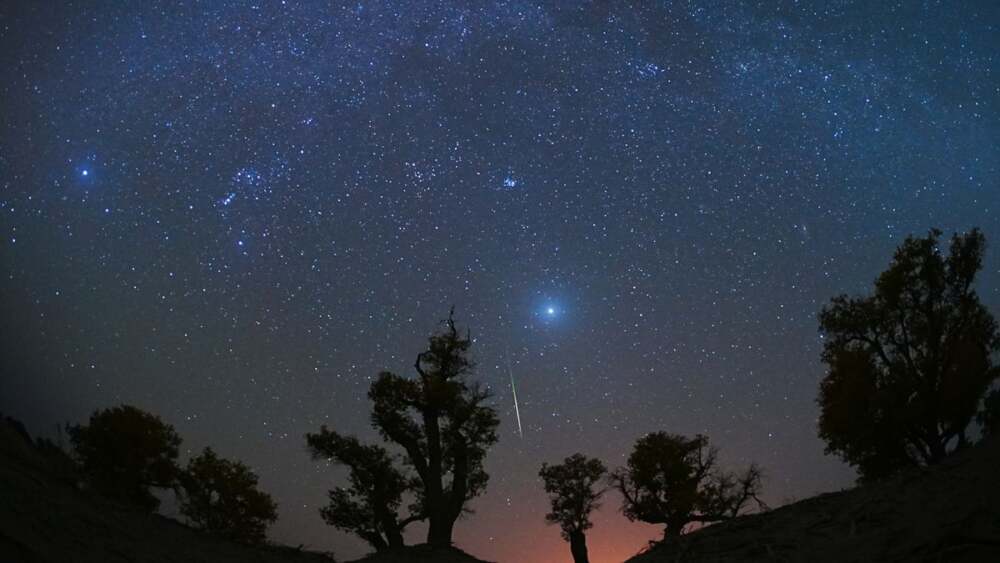

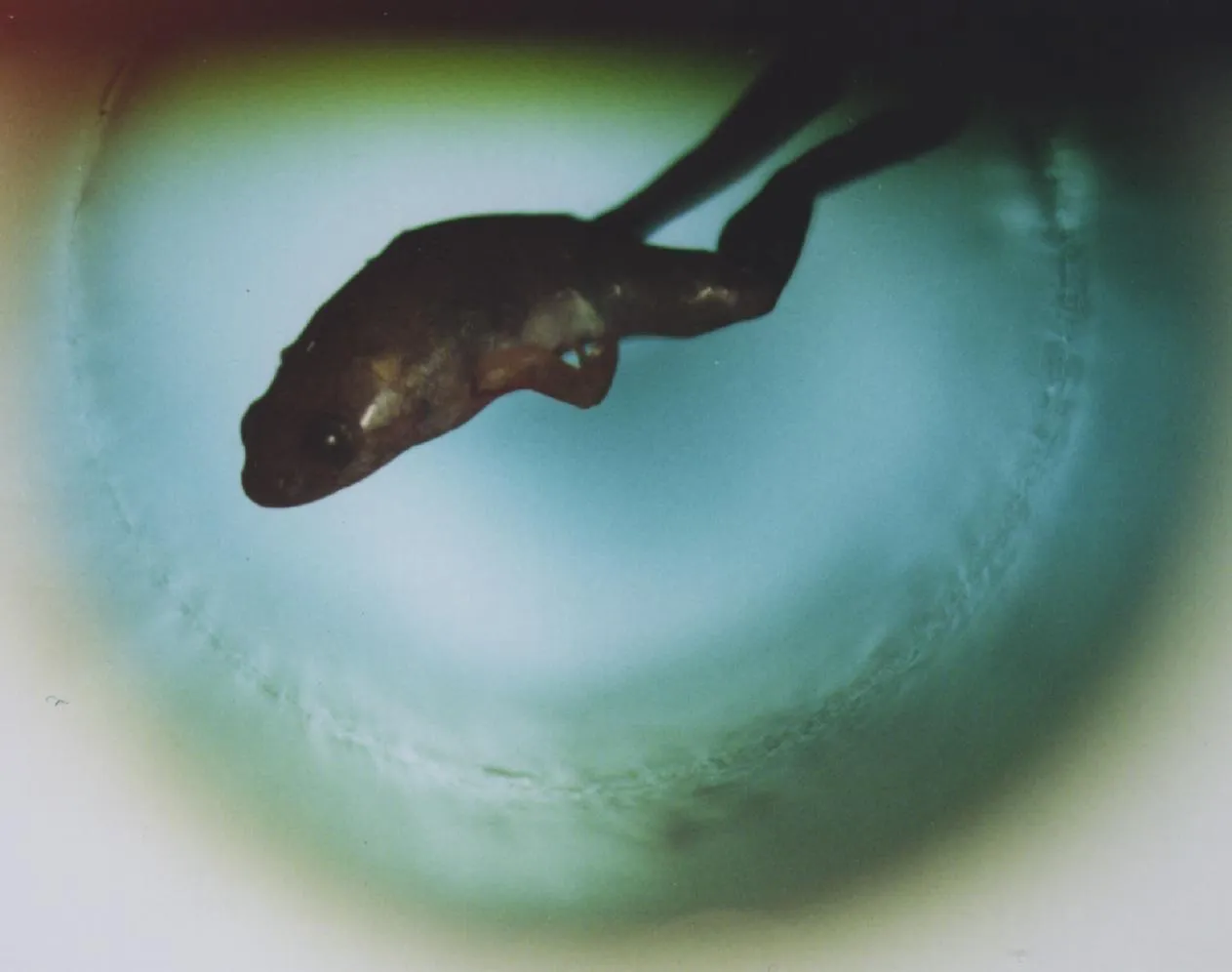
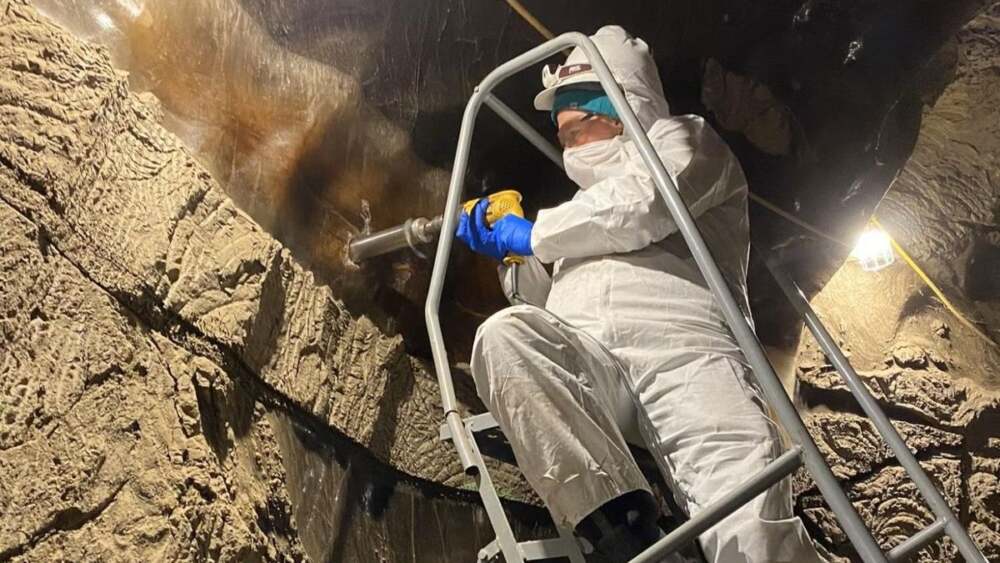
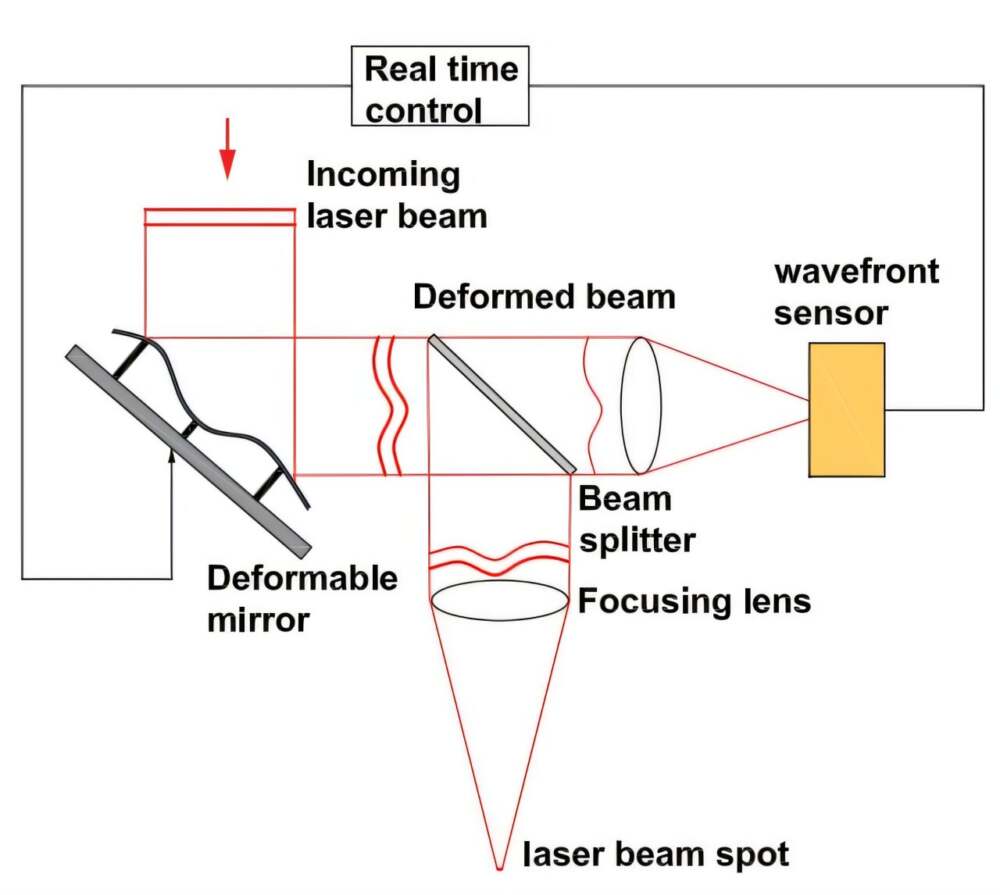
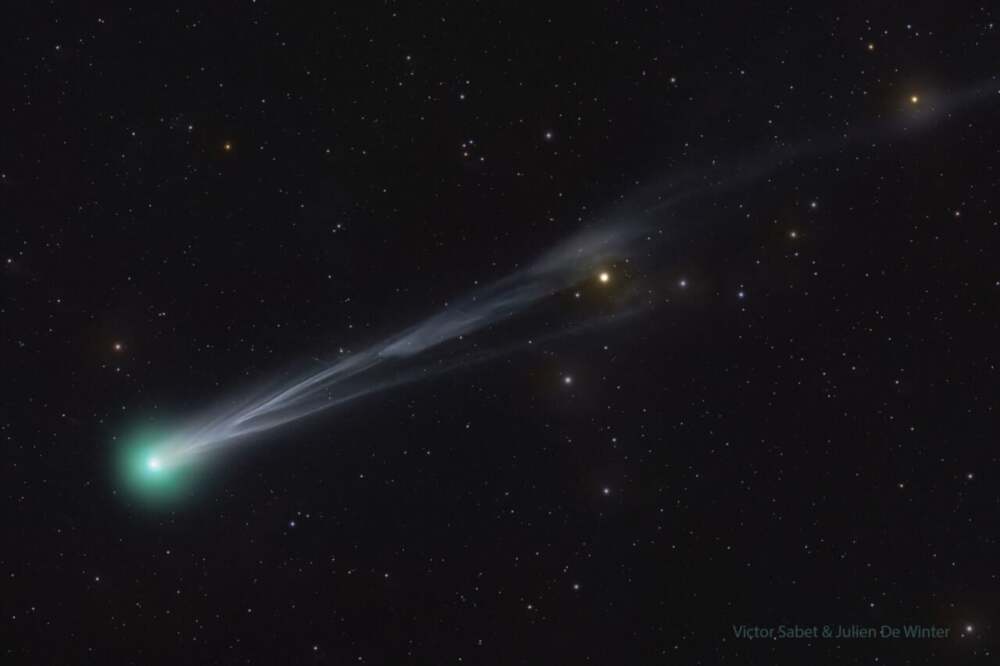

Leave a Reply